Many of the vegetables we enjoy today are the result of happy accidents in the field, where farmers unknowingly crossbred plants or discovered new varieties through natural mutations. These unexpected creations have become staple foods, often with unique flavors and characteristics.
In this article, we explore 18 vegetables that were “accidentally” created by farmers. From the tasty Roma tomato to the delicious broccoli, these veggies have surprising origins that highlight the power of nature and human intervention. If you’re fascinated by how everyday produce came to be, these accidental vegetables are sure to pique your interest!
Broccolini
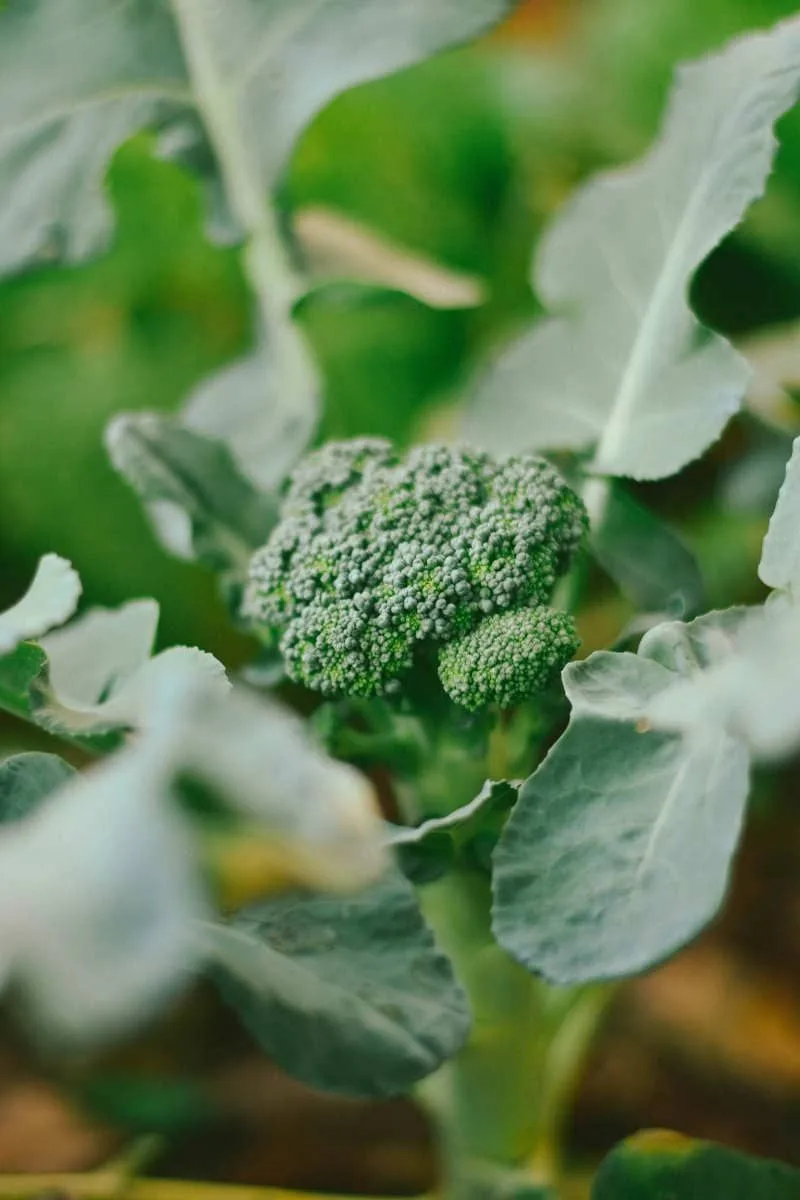
Often mistaken for young broccoli, this vegetable is a crossbreed between broccoli and Chinese kale. It wasn’t a deliberate invention but rather a happy accident when farmers were experimenting with brassica plants. Broccolini boasts a sweeter, more delicate flavor compared to its parent vegetables. Its long, slender stalks cook quickly, making it a favorite for stir-fry dishes. This crossbreed thrives in cooler climates, where it grows rapidly and abundantly. Farmers initially overlooked it, but chefs quickly recognized its potential, elevating it from farm sidelines to gourmet kitchens worldwide.
Romanesco

This striking vegetable looks like an alien artifact with its mesmerizing fractal pattern. It was first discovered in Italy, as a natural variant of cauliflower. Farmers found it growing unexpectedly among traditional cauliflower crops. Its unique spiral formations and chartreuse color make it a visual delight. Romanesco has a nutty flavor and firm texture, perfect for roasting or adding raw to salads. Though its appearance might seem meticulously crafted, Romanesco is a testament to nature’s ability to surprise us with geometric perfection, without any human intervention.
Kalettes
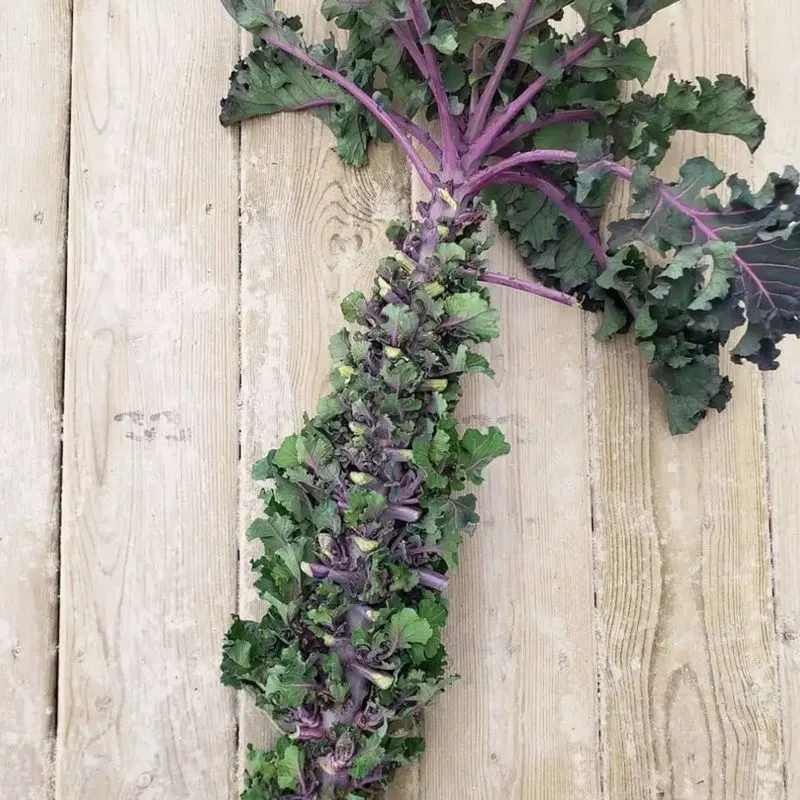
Developed accidentally when breeders were attempting to create a new kale variety, kalettes emerged as a delightful fusion of kale and Brussels sprouts. These tiny, leafy spheres have a mild, nutty flavor and a tender texture. Ideal for roasting or sautéing, they offer a versatile addition to meals. Despite initial skepticism, kalettes have gained popularity in gourmet cooking circles. Their colorful leaves and compact size make them visually appealing and easy to incorporate into various dishes, proving that experimental breeding sometimes yields unexpected, yet welcome results.
Rainbow Carrots
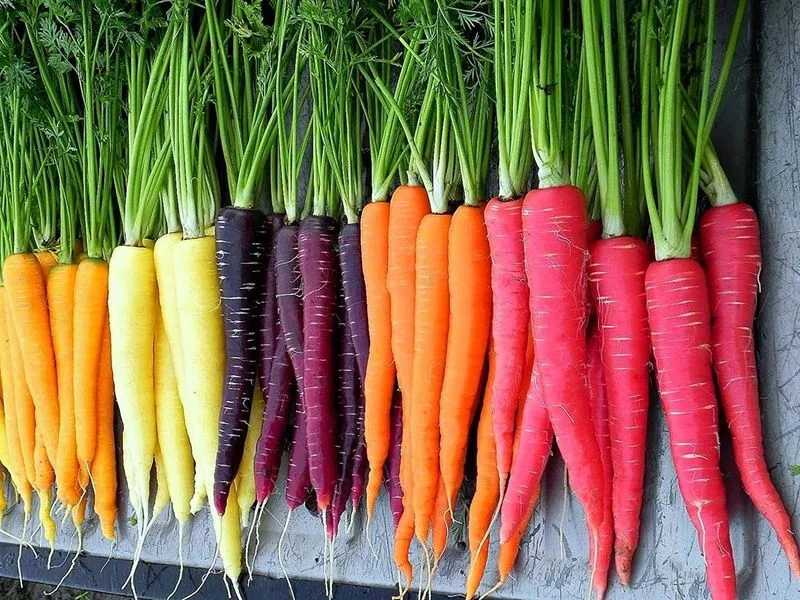
Originally, carrots were not orange. Farmers in the Middle Ages cultivated different hues like purple, yellow, and white, before orange became dominant. The multi-colored varieties we see today were rediscovered when farmers found heirloom seeds. Rainbow carrots offer a range of flavors, from earthy to sweet, and bright colors rich in antioxidants. They add vibrant hues to dishes, enhancing both taste and visual appeal. These colorful roots remind us of agriculture’s rich history and the diverse possibilities within a single species, thriving equally in modern culinary and health-conscious circles.
Plumcot
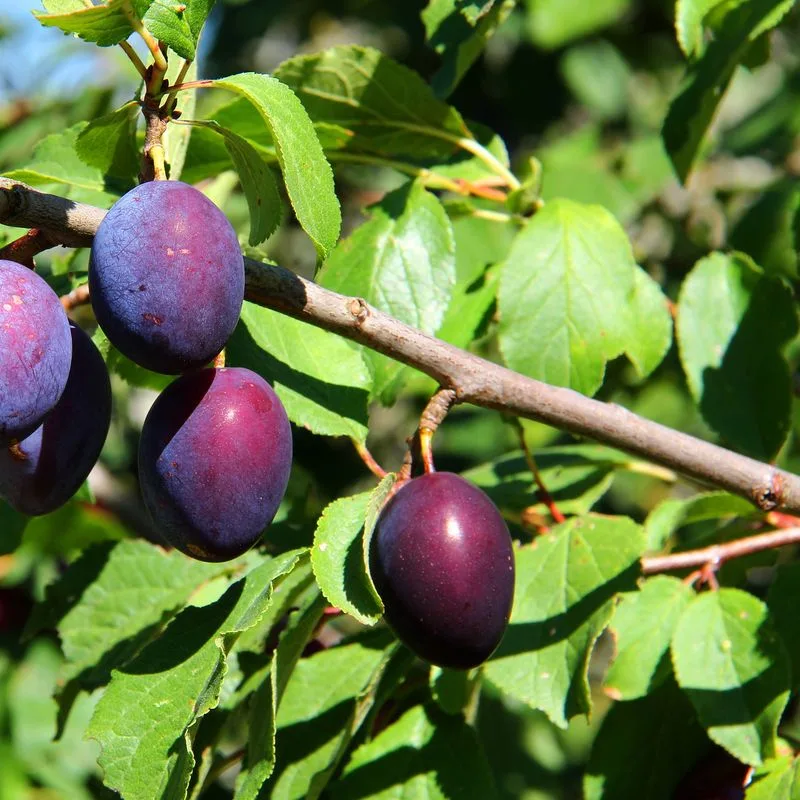
This juicy delight was an unplanned hybrid between a plum and an apricot, discovered in orchards where both trees grew closely together. The fruit combines the plum’s juiciness with the apricot’s sweetness, creating a unique flavor profile. Plumcots have a smooth skin and a luscious interior, making them perfect for desserts or fresh eating. Their spontaneous creation shows the wonders of natural cross-pollination. Despite their accidental origins, these fruits have been embraced by orchardists and food enthusiasts alike, who appreciate their distinct taste and versatility in culinary applications.
Purple Cauliflower

While cauliflower typically dons a stark white hue, this purple variant was a surprise emergence in fields due to a genetic mutation. Its rich color comes from anthocyanins, which are antioxidants also found in red cabbage. The striking shade enhances its visual appeal, making it a favorite in dishes that prioritize presentation. Purple cauliflower retains the same mild taste as its white counterpart but offers additional nutritional benefits. This colorful mutation serves as a reminder of nature’s unpredictability, adding both flair and health benefits to meals.
Tangelo
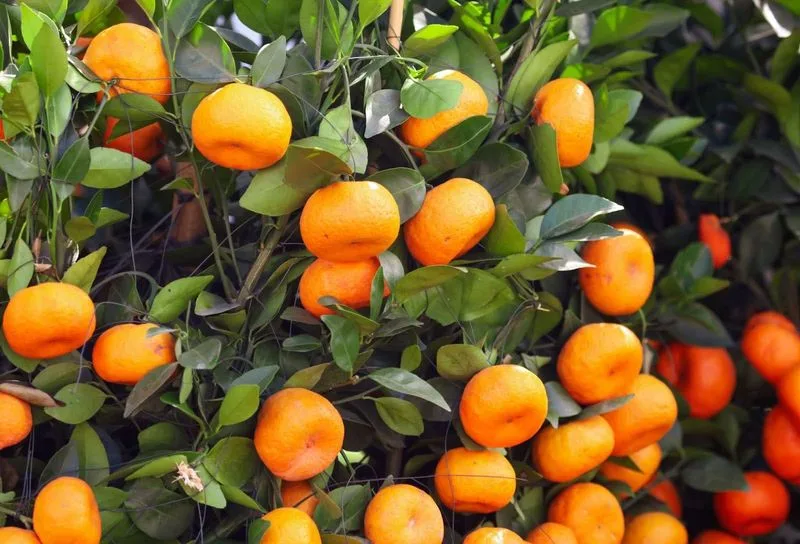
A cross between a tangerine and a pomelo, the tangelo was an unintentional discovery in citrus groves. This hybrid fruit features a sweet, tangy flavor with an easy-to-peel skin. Its juicy segments make it a refreshing snack, perfect for enjoying in warm weather. Farmers growing tangerines found tangelos among their crops and quickly appreciated their unique taste. The fruit’s vibrant color and delightful flavor profile have earned it a place in markets around the world, illustrating how accidental crossbreeding can lead to popular new varieties.
Lettuce Wraps

Initially, the notion of using lettuce as a wrap came from the necessity to hold fillings without bread. This innovation wasn’t planned but arose from resourceful farmers and cooks. Lettuce wraps offer a gluten-free, low-carb alternative to traditional wraps. The crisp texture and neutral taste of lettuce complement various fillings, from meats to vegetables. This culinary adaptation highlights how versatile and accommodating lettuce can be, catering to diverse dietary preferences and needs. What started as an improvisation has now become a staple in health-conscious and gourmet dining.
White Eggplant
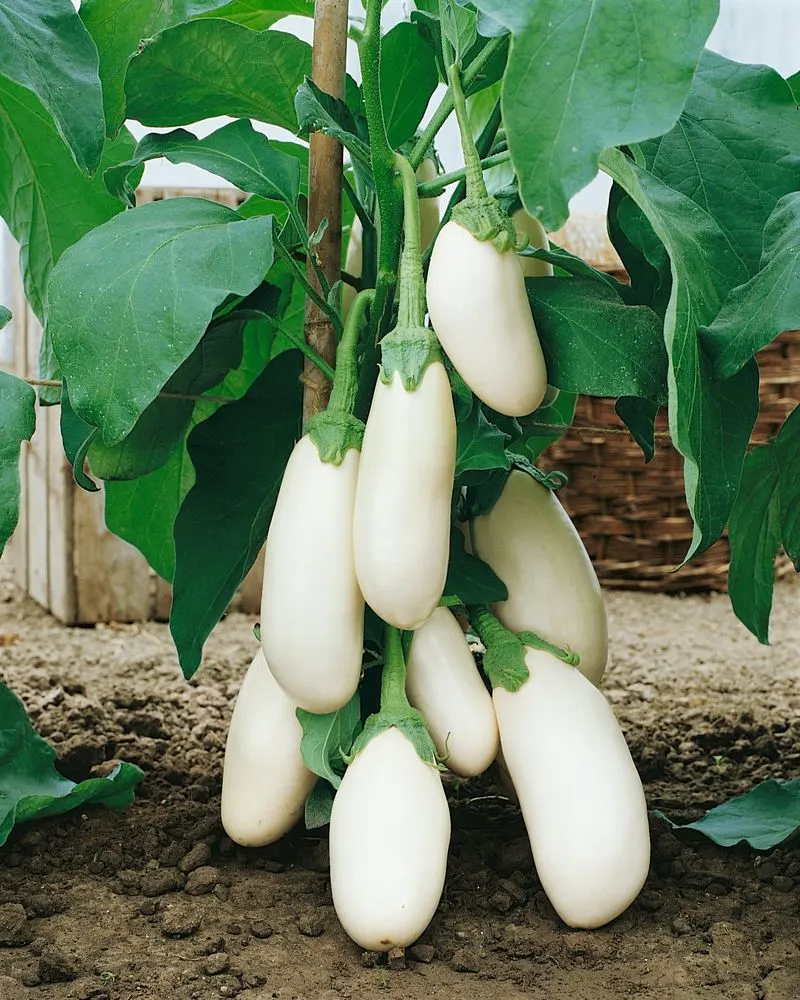
While the typical eggplant is recognized by its deep purple hue, the white eggplant emerged unexpectedly in gardens. Its ivory skin and tender flesh differentiate it visually, but it retains the familiar, mild flavor of traditional eggplants. This variant is often smaller and more delicate, cooking quickly and absorbing flavors readily. White eggplants are particularly popular in Mediterranean and Asian cuisines where their subtle taste and unique appearance enhance diverse dishes. Their accidental discovery has added a new dimension to eggplant varieties available to chefs and home cooks.
Cavolo Nero
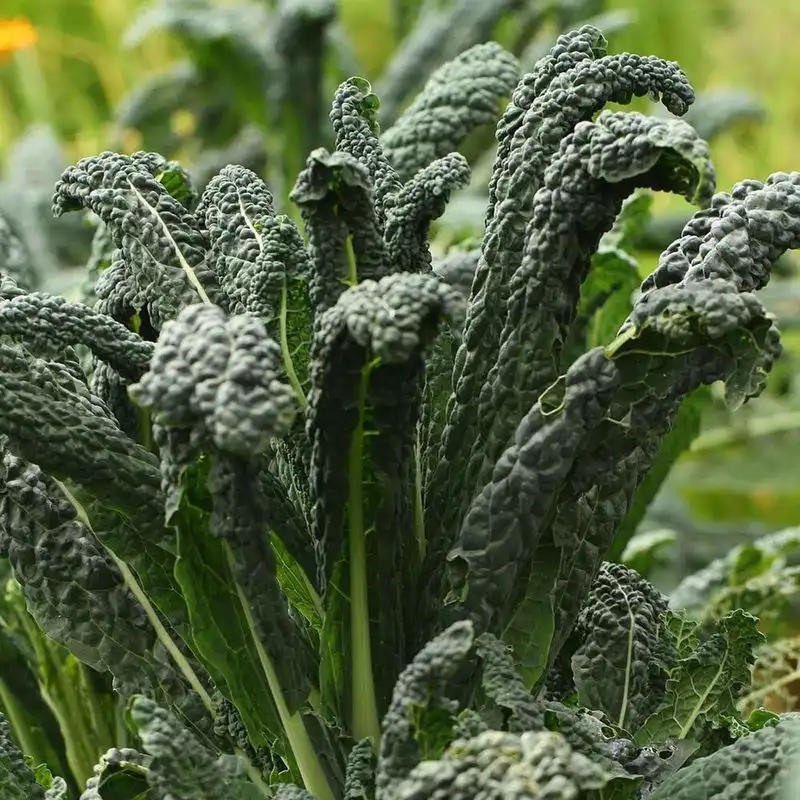
Also known as Tuscan kale, cavolo nero was a surprising find among regular kale plants. Its dark, textured leaves and robust flavor make it a favorite in Italian cuisine. Unlike common kale, cavolo nero has a slightly sweeter taste and a more tender texture, which softens beautifully when cooked. It is often used in soups and stews, providing both flavor and nutritional depth. The unexpected emergence of cavolo nero illustrates how slight variations in plant genetics can lead to beloved culinary ingredients, enriching our diets and meal options.
Zucchini Blossoms

While zucchini is a staple vegetable, the blossoms were an accidental culinary discovery. Farmers observed these bright yellow flowers growing on their zucchini plants and decided to experiment with them in the kitchen. Zucchini blossoms are delicate and flavorful, often stuffed with cheese or lightly fried. They add an elegant touch to dishes and are celebrated in various cuisines for their unique texture and subtle taste. Initially overlooked, these blossoms now enjoy a gourmet status, showcasing the culinary potential of every part of the plant, not just the fruit.
Candy Cane Beet
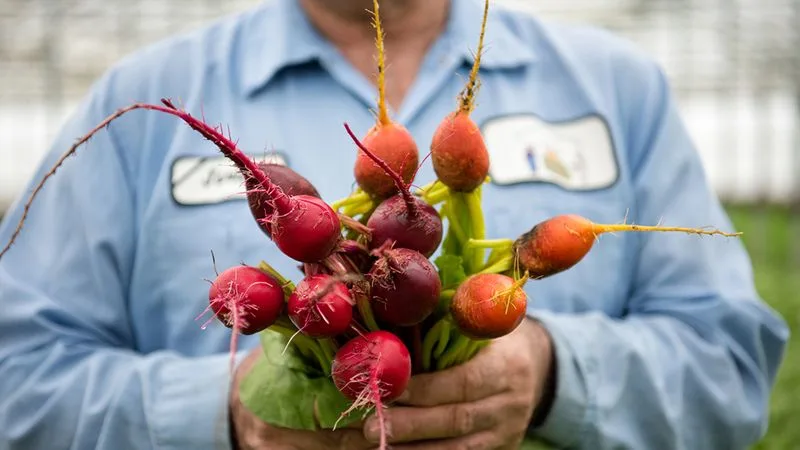
Named for its striking concentric rings, this beet variety was an unexpected mutation from traditional beets. The candy cane beet’s sweet flavor and vibrant appearance make it a standout in salads and roasted dishes. It retains all the earthiness of regular beets while introducing a visually captivating element. This accidental discovery adds a pop of color and a touch of whimsy to any plate. Its aesthetic appeal and nutritional benefits ensure that the candy cane beet continues to be a cherished addition to both home and professional kitchens.
Purple Sweet Potato

Originating from South America, the purple sweet potato was an unforeseen variation of the common sweet potato. Its vivid purple flesh is rich in antioxidants, offering a nutritional boost. The natural sweetness and creamy texture make it a versatile ingredient for both sweet and savory dishes. This vibrant root vegetable not only enhances the visual appeal of meals but also provides health benefits beyond those of its orange counterpart. The accidental emergence of purple sweet potatoes highlights the diversity within root vegetables, expanding culinary possibilities.
Yellow Watermelon
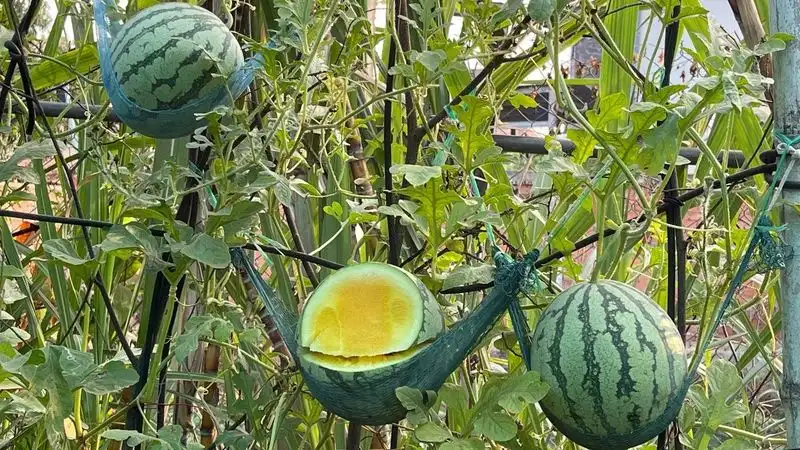
While the juicy red watermelon is well-known, the yellow variety came about by surprise through natural mutation. Its bright yellow flesh offers a sweeter, honey-like flavor compared to red watermelons. Yellow watermelons have a crisp texture and are equally refreshing. They add a sunny twist to summer fruits. Often discovered in fields of red watermelon, these golden-hued fruits quickly gained favor for their delightful flavor and eye-catching appearance. Their unexpected existence provides a vibrant option for fruit salads and cool, refreshing treats.
Gai Lan
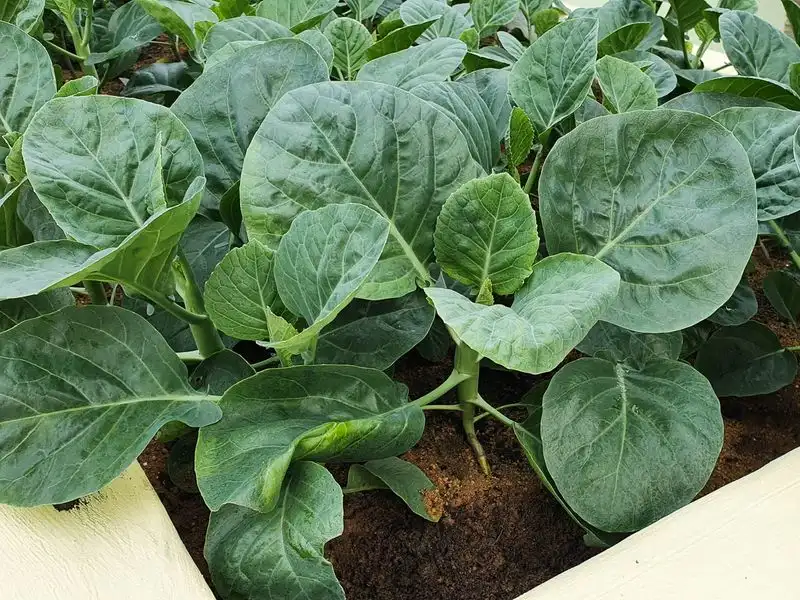
Also known as Chinese broccoli, gai lan was an accidental emergence in Asian vegetable fields. It shares similarities with both broccoli and kale but has a distinct bitterness and crunchy texture. Gai lan is often used in stir-fry dishes and is beloved for its hearty flavor and nutritional value. This vegetable is a staple in Asian cuisine, celebrated for its versatility and health benefits. Despite its accidental discovery, gai lan has become indispensable in kitchens worldwide, where it is appreciated for its unique taste and adaptability.
Sweet Dumpling Squash
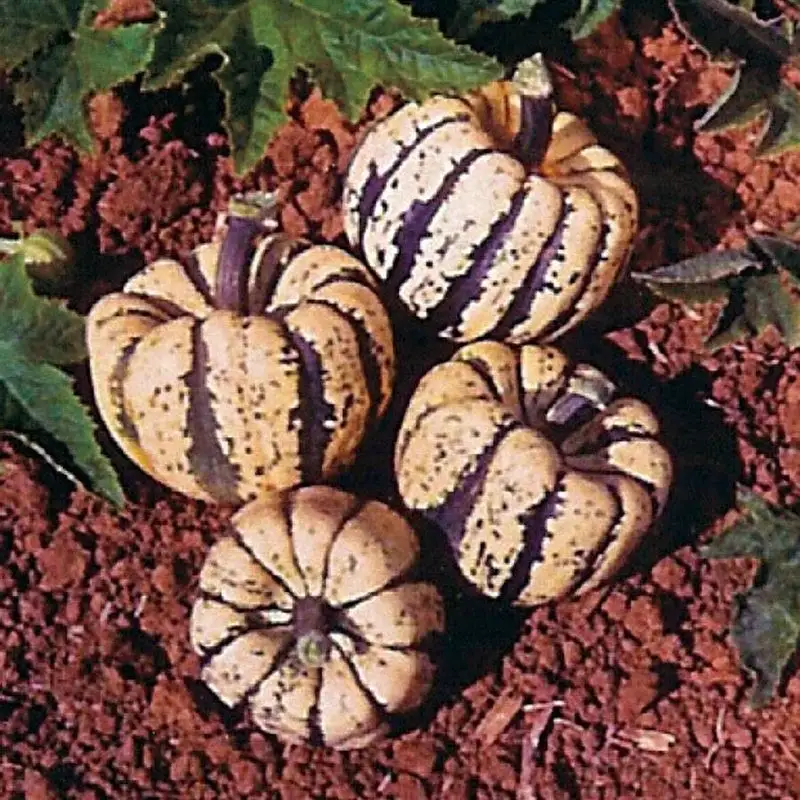
Emerging unexpectedly in squash fields, the sweet dumpling squash is recognized for its small size and sweet, orange flesh. Its unique shape and color make it a decorative and edible delight. With a flavor profile similar to sweet potatoes, it is perfect for roasting or stuffing. This petite squash variety offers a delightful sweetness and compact serving size, making it ideal for individual portions. The unplanned appearance of sweet dumpling squash has added variety to winter squash selections, providing chefs and home cooks with a new ingredient to experiment with.
Chioggia Beet
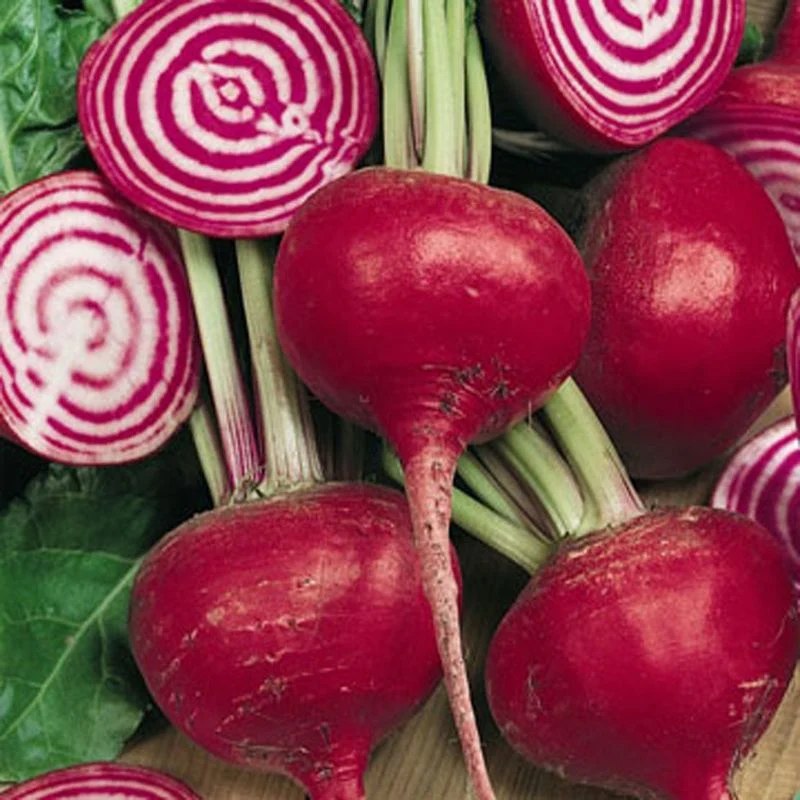
Named after the Italian town where it was first discovered, the Chioggia beet is known for its distinctive red and white rings. This beet was an accidental find among traditional beet crops. Its mild, sweet flavor and striking appearance make it a favorite in salads and as a garnish. The Chioggia beet’s unique internal pattern remains vivid after cooking, adding visual interest to dishes. Its unforeseen emergence has introduced a fresh aesthetic to beet varieties, retaining all the nutritional benefits while offering something new and delightful for both the eye and palate.
Japanese Eggplant
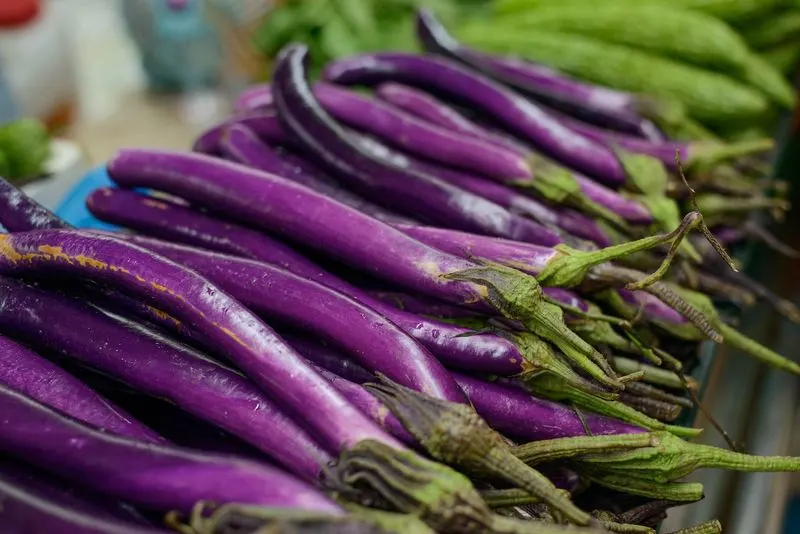
Initially mistaken for a defective variety, the Japanese eggplant’s slender shape and tender flesh set it apart from traditional eggplants. Farmers in Asia discovered this variant growing unexpectedly among their crops. Its subtle flavor and smooth texture make it a versatile ingredient in many dishes, from stir-fries to grilling. This variety absorbs flavors well, enhancing culinary creations with its delicate taste. The accidental discovery of Japanese eggplants has added a new dimension to global cuisines, offering a delicious alternative to the more common eggplant varieties.
